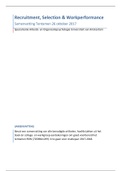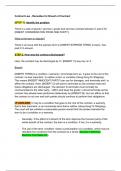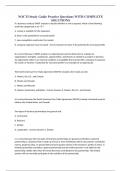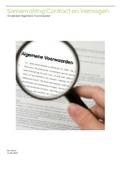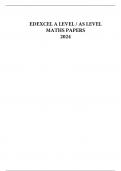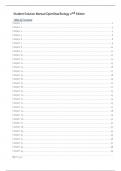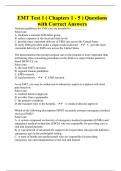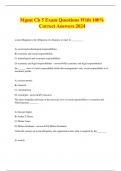Samenvatting
Samenvatting ALLE literatuur en colleges RSW, A&O UvA
- Instelling
- Universiteit Van Amsterdam (UvA)
Met de huidige samenvatting kun je volledig voorbereid het tentamen voor studiejaar 2017/2018 in gaan. Het bevat dan ook uitgewerkte colleges, samenvattingen van het boek (Cascio & Aguinis, 2014) en de 8 artikelen én enkele oefenopdrachten!
[Meer zien]
